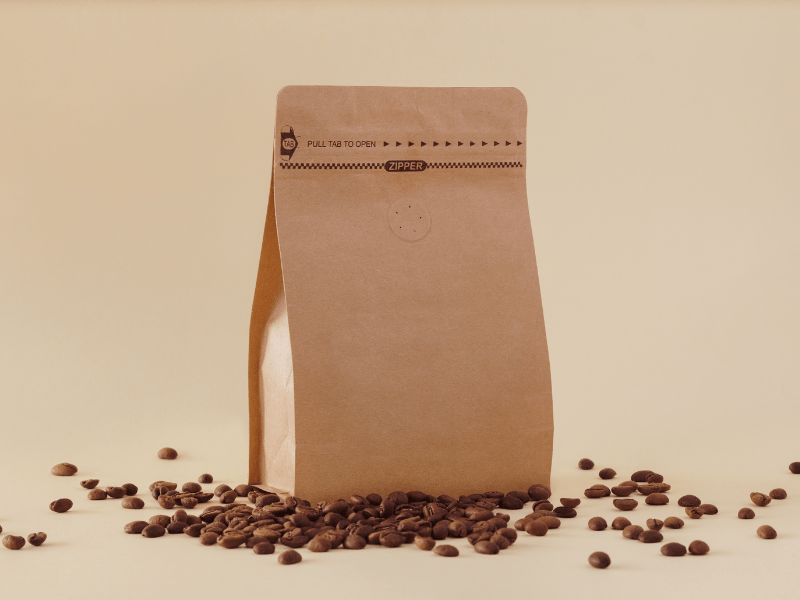A total of 620.5 billion stand-up and flat pouches, including high-barrier and retort formats, will be used in packaging worldwide in 2024, according to the latest market report from Smithers.
The Future of Pouch Packaging to 2029 tracks how this market, with a projected value of $37.9 billion in 2024, will continue to grow. A compound annual growth rate (CAGR) of +4.4% will push this to $47.0 billion in 2029, at constant prices, with volumes increasing to 754.0 billion units.
Smithers analysis shows value is growing significantly faster than consumption, as multiple products invest in more expensive stand-up pouches, including retort or high-barrier constructions, rather than cheaper, lower-barrier flat pouches. Although flat pouches still represent around three quarters of the contemporary market, customer convenience and the need to develop new easy to recycle formats are fueling innovation in both segments.
In 2024, 2.56 million tons of materials are projected to be used in the production of pouches with a CAGR of +3.6% forecast to raise this to 3.05 million tons in 2029. By volume metallized films are the mostly widely used material in pouch manufacture (40%), followed by low- to medium-barrier polymers (34%), and aluminum foil (18.0%).
Sustainability concerns will shape future changes in pouch construction. This includes multiple design-for-recyclability standards from brand owners and industry groups. In Europe, such requirements will become legally binding under the Packaging and Packaging Waste Regulation (PPWR) by the end of the decade; alongside requirements to increase volume of recycled materials.
Recyclability poses a major challenge flexible packaging and pouch designers. Further development of recycling infrastructure in necessary, particularly in the collection and sorting of pouches.
The difficulty in extracting materials from post-consumer recycled composite constructions and laminates made with aluminum foils will slow growth for such formats. PVdC is losing market share, as environmental concerns drive a substitution to other high-barrier materials, such as EVOH.
This challenge will see a transition towards greater use of paper and bio-lined/coated structures, in low- to medium-barrier applications over the next five years, alongside wider use of mono-material or polyolefin-only laminates. For these there are still outstanding technical needs for improved processing speeds, as well as enhanced barrier and sealing performance.
Food continues to dominate pouch demand, accounting for over 80% of the market in 2024. In this sector the proliferation of stock-keeping units (SKUs) by brand owners to create niche products and greater choice for consumers has implications for pouch producers. This is leading to shorter individual product runs, with large brand owners engaging smaller specialist converters to handle these.
Beyond food, the increasing popularity of unit dose packaging makes pouches a popular alternative – including for laundry detergents and dishwashing tablets. Pouches are simultaneously gaining traction as a refill option for soaps, laundry detergents and household cleaning products.
As brands search for more interesting, creative packaging, some are investigating alternative pouch shapes. As these can be difficult to accommodate on standard fill and seal lines, as this trend develops production of more complex design will increasingly be outsourced to third-party packaging companies.
The Future of Pouch Packaging to 2029 from Smithers includes penetrating expert analysis of contemporary and future drivers for pouch design, material selection, and market applications. This is quantified in an authoritative data set (value and volume) segmenting the market by:
- Pouch format – Flat pouch, Stand-up pouch
- Pouch material – Metallized, EVOH, Other high-barrier films, Aluminum, Low-medium barrier films, PVdC-coated films, AlOx/SiOx-coated films
- End-use application – Retort food, Non-retort food, Pet food, Drinks, Non-food
- Geographic region and leading national markets – Asia-Pacific, China, India, Japan, Other Asia-Pacific; North America, US, Other North America; Western Europe, France, Germany, Italy, Spain, UK, Other Western Europe; Eastern Europe, Poland, Russia, Other Eastern Europe; South & Central America, Brazil, Other South & Central America; Middle East & Africa, Turkey, Other Middle East & Africa.
